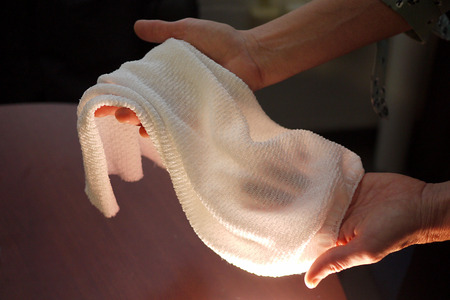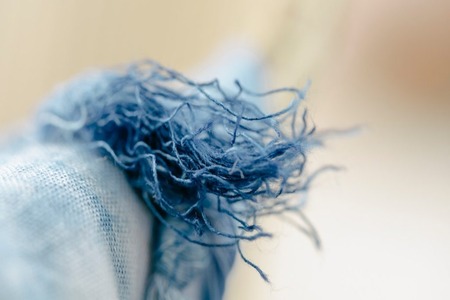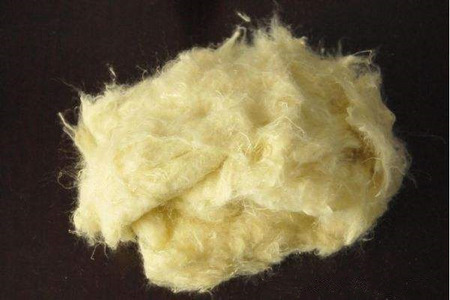Batik, mud resist and ajrak traditional craft may to vanish if stable market not created
YarnsandFibers News Bureau 2014-09-15 15:00:00 – ChennaiA national award winner, Shakil Ahmed Kasambhai Khatri, the fifth generation batik craftsperson has still kept the traditional craft alive in the desert region of Kutch. Apart of several rare craft, batik was also brought to the fore at the recently organized textile festival Niram Thiram hosted by the Kalakshetra Foundation.
Batik is a form of craft that uses wax to coat the cloth before dyeing it. The wax-covered area retains the original colour, creating a pattern. The floral motif called Bairaj has been a standard design on the attire worn by Ahir and Patel farming communities of the region for several hundred years now. Printed on chanderi silk, each saree takes three full days to make. Ahmed still makes sarees and other textiles using the 1000-year-old tradition.
With a flourishing market in Ahmedabad, there is little scope for the craft in other parts of the country, said Ahmed. He has kept alive the 125-year-old family tradition. A craft that was essentially made for various communities like the Patels, baniyas and ravaris, batik survived through a barter system between the communities.
After an initial slump, there was a revival in the craft when a few customers came forward to buy. Now, the only market is in Ahmedabad, but it is still vibrant. A course in a design centre in Kutch has helped Ahmed change with customer demands.
Khamir, an organisation that curates exhibition in order to preserve ancient and rare crafts, joined hands with print artisans of Kutch to present an exhibition of crafts in the desert terrain.
Paresh Mangalaliya of Khamir said that they started to work with textile and non textile crafts from the region in 2001. Taking up one craft every year, they trace its history and see how it can be revived in today’s scenario, and engage artisans with it. Later, the products are auctioned. They have a dedicated studio and museum to showcase the work.
Block prints have three crafts—mud resist, ajrak and batik. Ajrak is more than 1000 years old and has links with Egypt too. In Kutch, it was a block printing technique popular with a particular community that donned turbans and lungis. Now there are other garments, running fabric and bed covers made using the prints.
There are 200 families in the villages engaged in ajrak work, while batik is common in Mundra, Mandvi and Anjar— cities in Kutch. While two block techniques are now expanding their base, Mud resist is done by just one family in Bela village. The technique may vanish soon if a stable market is not created for them as there are very few buyer who purchase directly from the craftperson as there is no market for these products anywhere else.
Market Intelligence
Ask for free sample Report

experience
Customer Base
dedicated team
Countries Served Worldwide









